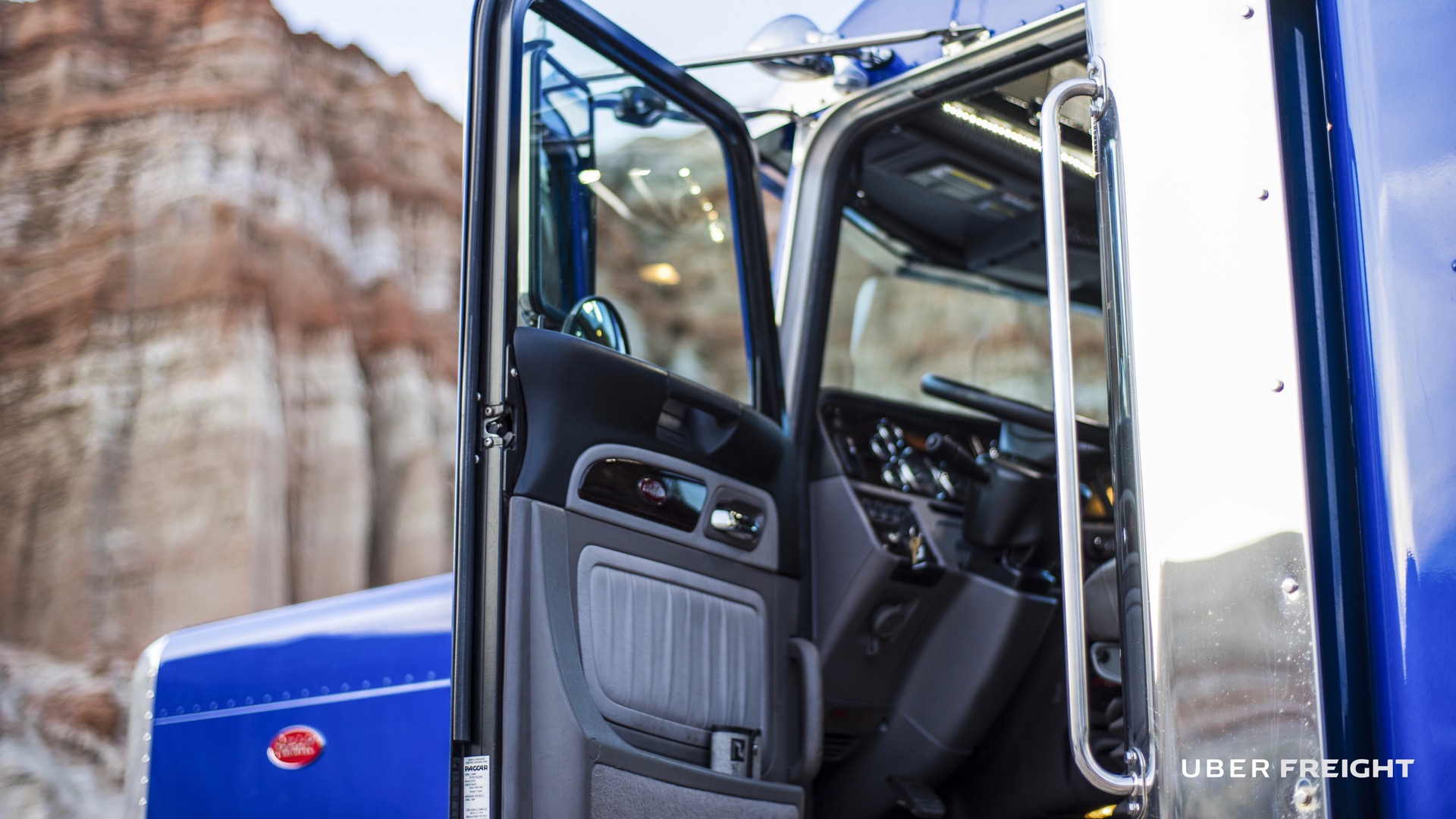

Uber’s ride-hailing app lets passengers rate their drivers, and it also lets drivers rate passengers. Now, the mobility giant is releasing a similar feature for its Uber Freight trucking app. Called Facility Ratings, it lets truckers rate the shippers they haul cargo for.
Uber Freight connects shipments with drivers willing to haul them anywhere in the continental United States. It works much like Uber’s ride-hailing app: drivers search for potential trips and schedule them using their phones. But instead of picking up business travelers looking for rides to the airport, Uber Freight drivers are picking up trailers from warehouses and other facilities.
While passenger ratings encourage riders to be well behaved, Uber believes Facility Ratings will make trucking more efficient. The idea is for drivers and trucking companies to provide feedback to facility operators, who can then make improvements to address any issues. The Facility Ratings feature is now live on the Uber Freight app.
Ratings will cover things like bathroom availability, parking, and detention time—the time a driver spends waiting at a facility waiting for a truck to be loaded or unloaded. Drivers and trucking companies can rate facilities on a scale from one to five and have the option to type up a written review.
According to a 2018 survey of 150 trucking companies cited by Uber, 80 percent of respondents refused to take cargo from certain facilities for reasons such as inflexible appointment hours and lengthy detention times. Up until now, drivers and trucking companies haven’t had a way to directly voice these concerns with facility operators, while those operators may not be able to identify individual problems in large and complex chains of facilities, Uber argues.
Uber Freight launched in Texas in 2017 and has since expanded to cover the entire continental U.S. While Uber has trimmed some of its operations in preparation for an initial public offering (IPO), it has doubled down on trucking. In 2018, it spun off Uber Freight into a separate business unit and doubled its investment in the trucking app. However, Uber has abandoned plans for self-driving trucks under its shrunken autonomous-driving program.